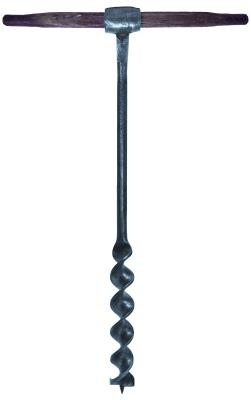SPOKE SHAVE
1890 - 1930Rectanglar wooden body, each end carved into flat handles. Middle indented. On the inside edge of the handles are grooves. Inserted into the grooves is a flat metal blade that sits over the indentation. Outside edge of the blade bevelled.
Tool used by Henry Buckingham in the late 1890s and early 1900s. His father Thomas Buckingham Junior was known to have made furniture for a living in the 1860s. Henry pursued a career as a carpenter, wagon builder and wheelwright in Kelmscott. In c1897 he purchased part of his fathers Roleystone property and established the orchard Bangup. In 1905 he married Lucy J Fancote and had a daughter Sybil (Mrs Sybil Gwynne). In a copy of his diary he records on the 1st of March 1898 'Mending traps, making wagons and carts, mending Bob Marsh's carriage, etc.'. This tool may have also been used in 1905 when he built a house up on the orchard.
Details
Details
This object is part of a collection of items associated with a person or family who have played a significant role in the economic, community or social development of the City of Armadale. This can include holding key political or social positions within the community, being a key contributor or member of a community organisation, a strong contributor to improving the well-being of the local community, a prominent figure in a local business or industry, developer of new industries or activities or someone who grew up in the area and moved away and had a noteworthy career or life.


